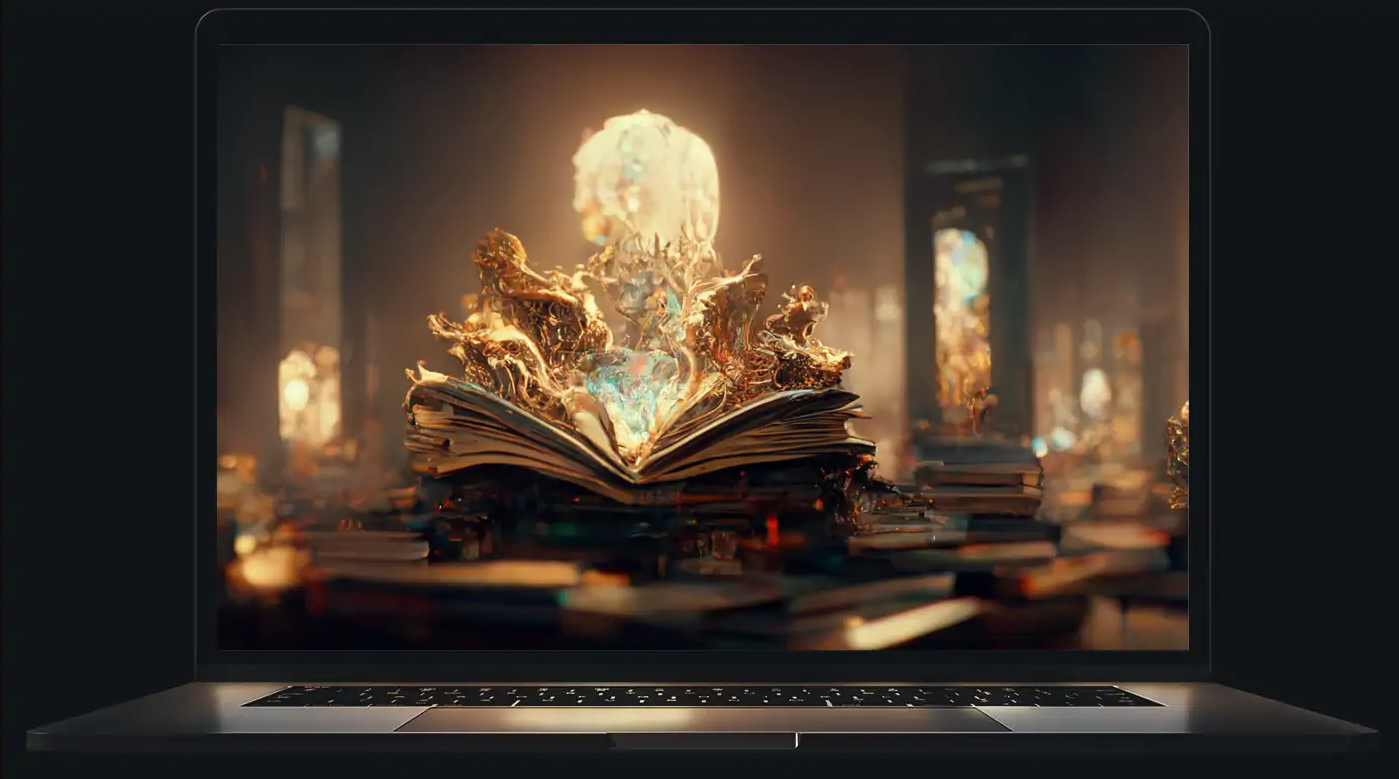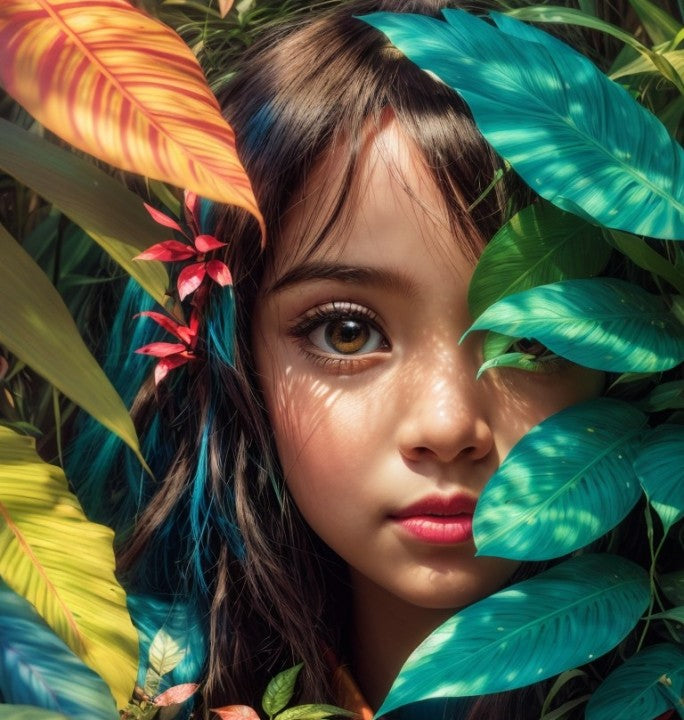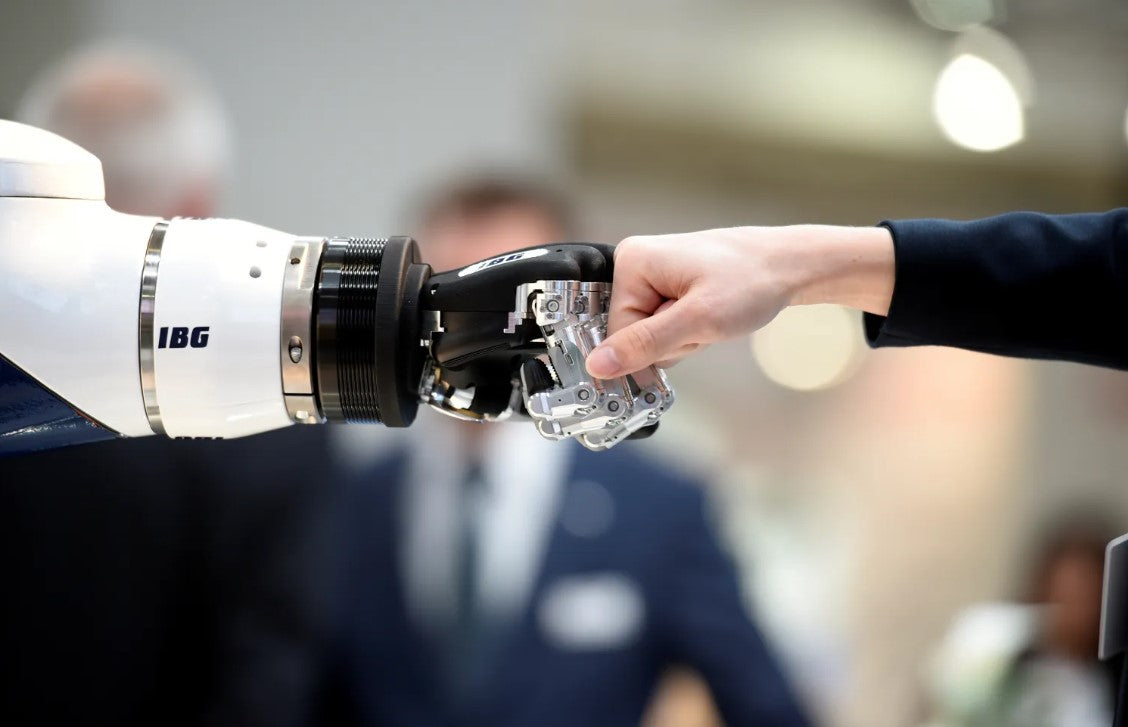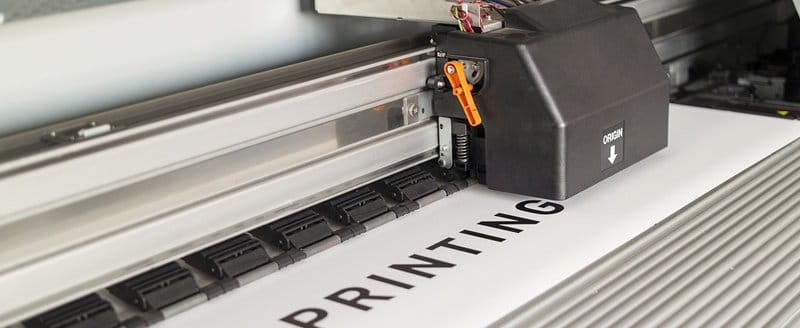
by Bellissimo .
Embracing the Digital Canvas: The Future of Art and the Rise of Prompt Artists
In recent years, we've witnessed a profound shift in the way we perceive and create art. With the advancement of technology, digital art has emerged as a formidable force, challenging traditional notions of artistic expression. As we look ahead, it's becoming increasingly evident that digital art will not only coexist with traditional forms but may even surpass them, ultimately becoming the dominant medium in the artistic landscape of the future. Digital art offers unparalleled flexibility and accessibility, allowing artists to explore new realms of creativity and push the boundaries of their imagination. From digital paintings and illustrations to immersive virtual reality experiences, the possibilities are truly limitless. With tools like digital tablets, graphic design software, and 3D modeling programs, artists can bring their visions to life with stunning detail and precision. One of the most fascinating aspects of the digital art movement is the emergence of prompt artists. Prompt artists are individuals who harness the power of artificial intelligence and machine learning algorithms to generate creative prompts or ideas for their artwork. These prompts can range from simple concepts to complex narratives, providing artists with a starting point or inspiration for their creations. Prompt artists collaborate with AI systems to explore new horizons and unlock endless possibilities in the artistic process. By leveraging AI-generated prompts, artists can transcend traditional limitations and explore unconventional ideas that they might not have considered otherwise. This collaborative approach blurs the lines between human creativity and artificial intelligence, giving rise to a new era of artistic innovation. While some may fear that digital art will overshadow traditional forms, it's essential to recognize that human artists will always play a vital role in shaping the cultural landscape. However, their approach to artmaking will undoubtedly evolve as they embrace digital tools and technologies. Instead of viewing digital art as a threat, we should see it as an opportunity to expand our creative horizons and explore new modes of expression. In conclusion, the future of art is undeniably digital, and prompt artists are at the forefront of this transformative movement. As technology continues to evolve, we can expect to see even more groundbreaking innovations in the world of digital art. By embracing these changes and embracing the collaboration between human creativity and artificial intelligence, we can unlock a world of endless possibilities in the realm of artistic expression.




